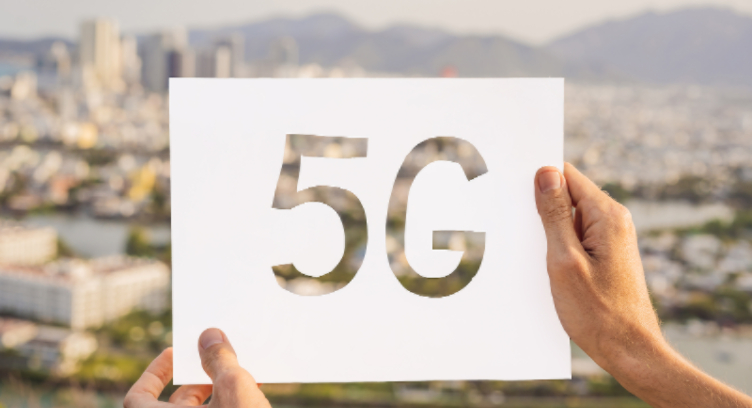A new study from Juniper Research has found that 5G IoT (Internet of Things) connections will reach 116 million globally by 2026; rising from just 17 million in 2023. It predicts that the healthcare sector and smart city services will drive this 1,100% growth over the next three years.
The comprehensive research examined 5G adoption across key sectors, such as the automotive industry, mobile broadband and smart homes, and forecasts that the healthcare and smart cities market will account for over 60% of 5G IoT devices by 2026. The ultra-low latency and high bandwidth of 5G IoT technology will be the key factors in driving this proliferation of new connections.
• To find out more, see the new report: 5G Monetisation: Business Models, Strategic Recommendations & Market Forecasts 2022-2027
• Download the free whitepaper: 5G: Where is the Money?
Smart Cities Offer the Single Biggest Opportunity for 5G IoT
The report anticipates that 5G networks will experience significant growth in smart city services; owing to its cost-effectiveness in deployment and ability to carry significant amounts of data. By 2026, there will be over 60 million 5G smart city connections globally, and the report urges city-planning authorities to leverage 5G connectivity as high-bandwidth gateways. It found that the monitoring of transportation networks, including road and rail networks, will be key services that require 5G-enabled high-bandwidth cellular connectivity.
Digital Transformation in Healthcare Drives 5G Adoption
Investment from healthcare providers into 5G-based services will be driven by the need to modernise services, as the global COVID-19 pandemic exposed inefficiencies in healthcare provision. The report identified services including telemedicine, connected ambulances and emergency services, and real-time remote monitoring as key services that will be immediately improved by the integration of 5G services.
Research co-author Olivia Williams commented: “5G will enable more efficient and dynamic healthcare provision that was not feasible with 4G or Wi-Fi. However, healthcare providers must first implement 5G in areas which provide a strong return on investment; most notably connected emergency services.”




















